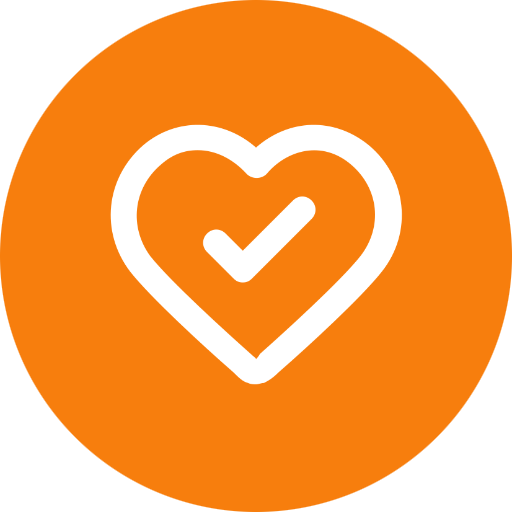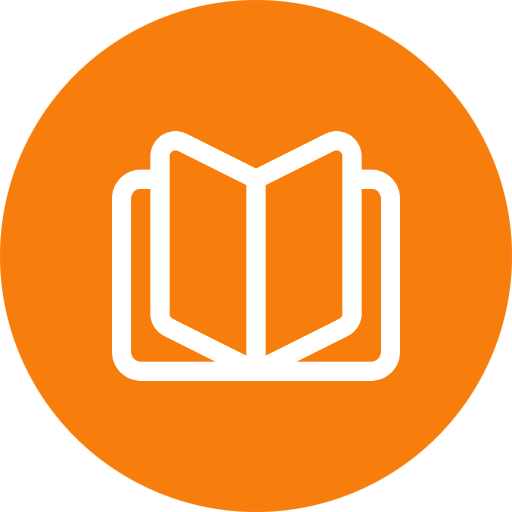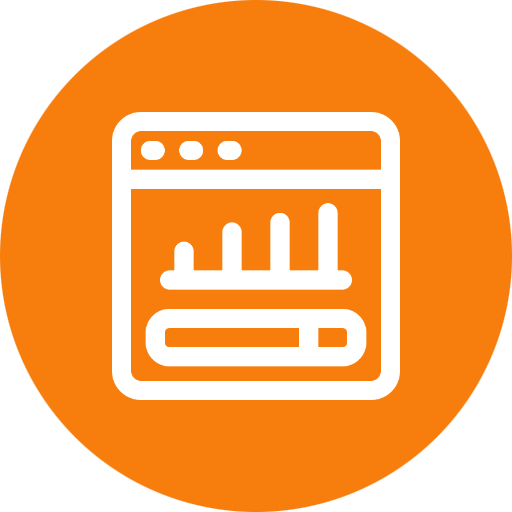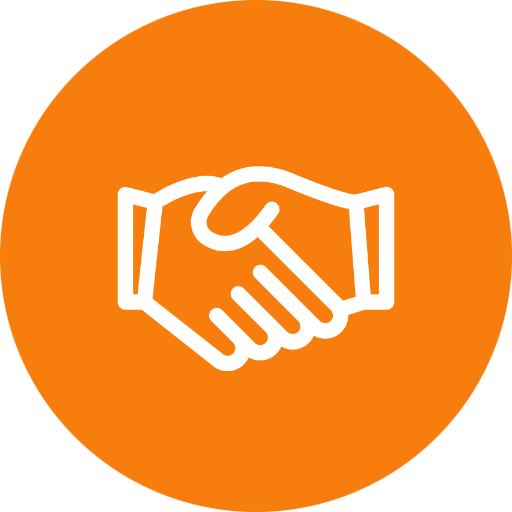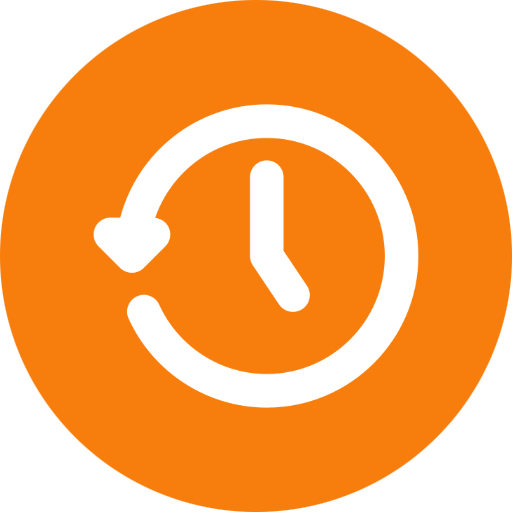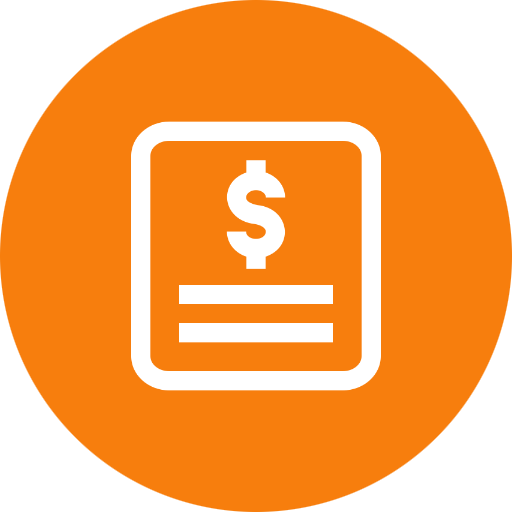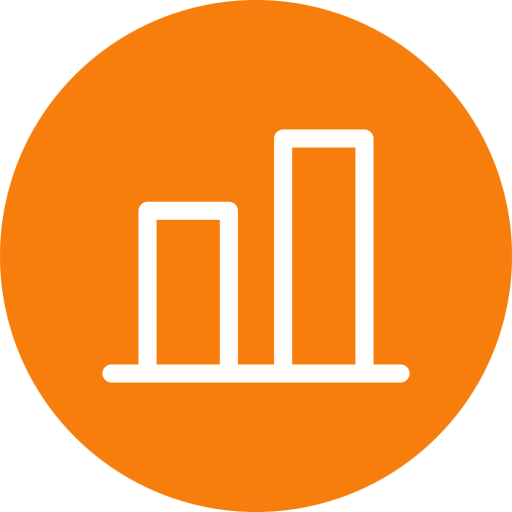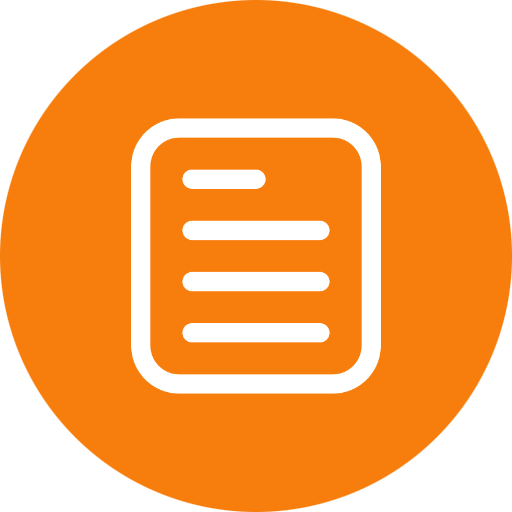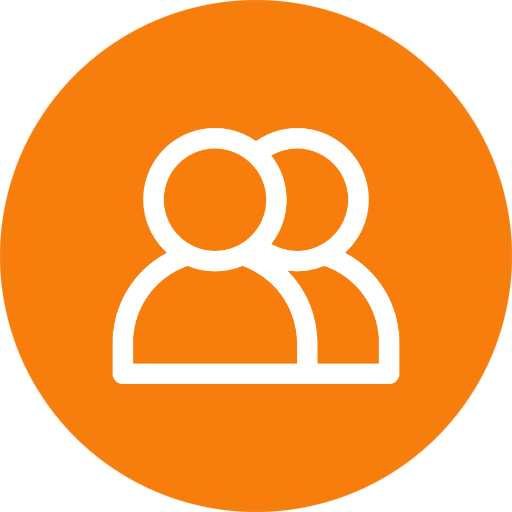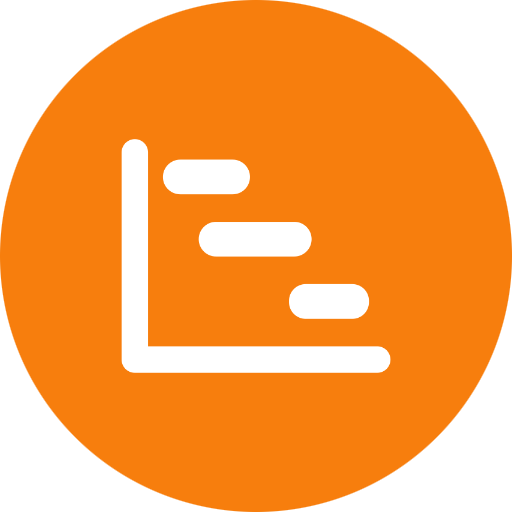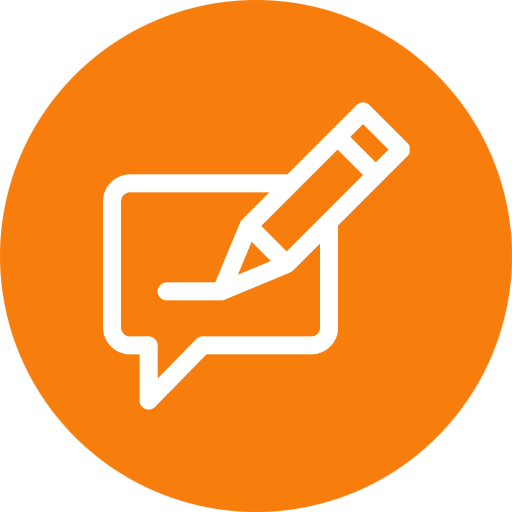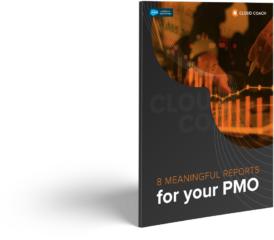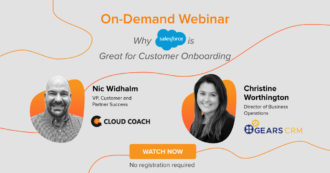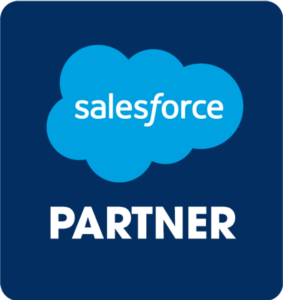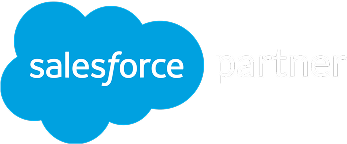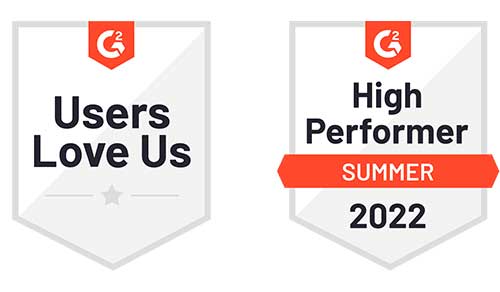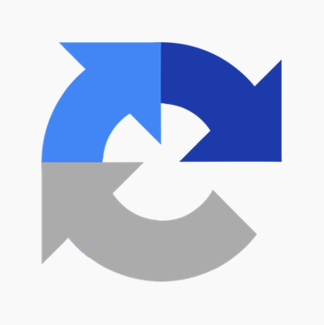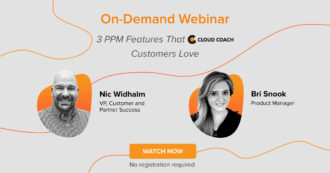 Webinar
Webinar
- Solutions
- Customer Onboarding
- Customer Success
- Professional Services Automation
- Project Management
- Project Portfolio Management
-
Solutions
-
Features
- Why Cloud Coach
- Customers
-
Resources
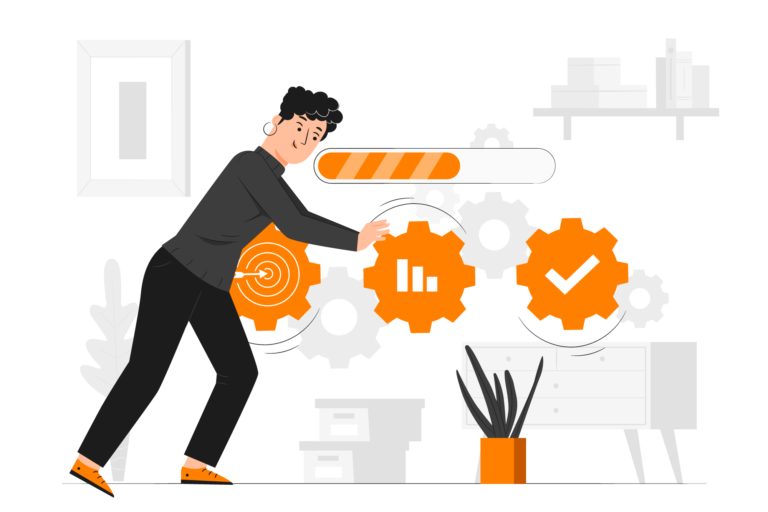
Agile evolved from a very specific need: enabling software teams to build products faster and more effectively. Over time, Agile has evolved to suit different types of dynamic teams, and eventually entire companies started working in an Agile manner.
Much more recently, organizations have started to implement Agile philosophies and project management at the enterprise level—and this comes with its own huge complications and benefits.
Scaling Agile at the Enterprise Level
While there is no one “correct” way to scale Agile, there are now several tried-and-tested approaches which have worked for global organizations. These include:
- SAFe (Scaled Agile Framework)
- LeSS (Large-Scale Scrum)
- DA (Disciplined Agile)
- S@S (Scrum @ Scale)
Each of these approaches enterprise-level Agility in different ways. And the truth is that Agile is definitely easier to implement for smaller teams within smaller organizations. So while we’re happy to introduce the idea of scaling Agile in this eBook, we’re going to hold back from providing specific and detailed instructions.
However, we will share perhaps the most famous story of enterprise-level Agile rollout: Spotify.
Scaling Agile @ Spotify
In a popular whitepaper released back in 2012—Scaling Agile @ Spotify—the music streaming giant shed light on how it maintains an Agile mindset despite its vast size and complexity. As of 2012, Spotify had revamped its layers of management and teams into Tribes, Squads, Chapters and Guilds:
- Squads—Every squad was similar to a Scrum team. Each squad had the necessary expertise to theorize, design, build and test software features. Based on the Agile methodology, every squad was self-organized and worked autonomously by applying lean principles such as minimum viable product and post-build optimization.
- Tribes—Collections of squads were organized into tribes, collectively fulfilling the product vision. Crucially, tribes were designed to contain fewer than 100 members, based on the famous Dunbar number. Tribes did not perform daily standups, but would regularly share progress, demo software, etc within the tribe.
- Chapters—Chapters were small groups of individuals with similar skills, competencies and responsibilities within each tribe. While these individuals all worked in separate squads, they would meet for discussions related to their specialisms.
- Guilds—Guilds were much wider groups of individuals with shared interests within the company, spanning workers across all tribes. These were designed to facilitate knowledge sharing and offset the potential downsides of fully autonomous teams.
Now here’s the headline: Spotify has now scrapped this whole system.
So why are we sharing it? Because it’s a wonderful example of authentic Agile: the company tried something brave and new to overcome its challenges and differentiate itself within its market. And for a time, it worked brilliantly and influenced hundreds of other companies. But as the company evolved, so too did its team structures.
Spotify understands that agility is at the core of Agile. If your enterprise organization wants to scale with Agile, it should not be afraid to do so—and it should be equally unafraid to change course again in future.
ADDITIONAL LINKS
Investing in the Right Tools
While it’s true that teams don’t need fancy technology to practice Agile methods (i.e. Kanban boards and teams using sticky notes and a whiteboard) the majority of Agile teams will benefit enormously from digital tools.
However, investing in the right tools can make a huge difference in a team’s ability to scale and make it easier to track progress while staying agile. Using the right tools can help teams track their progress more effectively, get an accurate picture of the work they’ve done, and make remote collaboration easier. The right tools can also help teams identify areas of improvement and provide real-time feedback, which can help them become more agile in the long run. Ultimately, it’s important to remember that Agile is an iterative process and that no single team or organization will be able to perfectly execute it. However, by investing in the right tools and being open to change, teams can use Agile to become more efficient, scale faster, and stay ahead of the competition.
And there are a lot of tools to choose from! Rather than comparing specific products (which, in the spirit of Agile, will grow and change continuously over time) let’s consider the fundamental functionality to look for in Agile project management software.
What is Agile project management software?
Basically we’re looking at any tools that allow your projects to run more smoothly. If you’re following a specific framework like Kanban or Scrum, your tools must be able to handle their requirements.
So—what should you look for?
Task management
Your team needs to know what tasks to work on. They should be able to re-order and prioritize those tasks based on their estimations and experience. There must be capacity to access themes, epics, user stories and tasks. When teams have brainstorming sessions on developing user stories, the results of those sessions should be easily located.
Collaboration
Free conversation is one of the pillars of the Agile methodology. Ensure that you have a tool which lets any stakeholders communicate easily, whether internal or external. If you already know how your team members prefer to communicate with each other, ensure your PM tools allow this—you don’t want to force your team to adopt new, potentially less-efficient practices.
Versatility
It’s the nature of Agile for plans and priorities to change. Your tool must make it easy to make changes to sprints, stories, epics, tasks, assignees, due dates, goals and more.
History
Tracing a clear line of accountability is important, especially in fast-moving and complex projects. Any tool that allows you to easily “connect the dots” through the development process and understand exactly what happened at each stage, and why, could be invaluable.
Analytics
We discussed some of the metrics available to Agile teams. Well it’s up to your project management software to measure, analyze and report on those metrics! Look for software that is specifically capable of working with Agile metrics, producing unique outputs like burndowns and measuring the time taken to complete each task.
When looking at tools to facilitate your Agile projects, it’s important to have frank discussion with any relevant stakeholders. Start by talking in terms of functions—what do we need this product(s) to do? That means collecting key requirements and, when it comes to vetting vendors, matching the tools to those requirements.
This is by far the most effective way to identify not just the “best tool”, but the best tool for your specific teams.
Helpful Resources
See Cloud Coach In Action
We’d be happy to provide a bespoke 1:1 demo on how Cloud Coach can benefit for your business.




